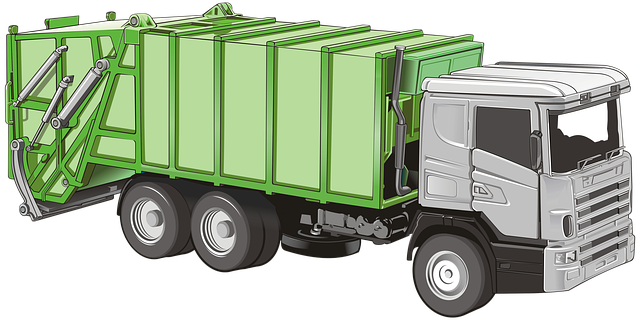Looking to register your car in California? This comprehensive guide walks you through every step, from understanding key requirements to optional online registration. Learn about essential documents needed for a smooth DMV visit, including a crucial VIN verification process. Discover how to complete your application and pay fees efficiently. By following these detailed steps, you’ll navigate the process effortlessly. Don’t miss our tip on using dmv vin verification for added convenience.
- Understand California Car Registration Requirements
- Gather Necessary Documents for DMV Visit
- Perform VIN Verification: Steps & Process
- Complete Application and Pay Fees at DMV
- Register Your Vehicle Online (Optional Method)
Understand California Car Registration Requirements

Before registering your car in California, it’s crucial to understand the state’s specific requirements. The California Department of Motor Vehicles (DMV) mandates several steps for vehicle registration, including a thorough inspection and verification process. One key component is the DMV VIN (Vehicle Identification Number) verification, which ensures that the car matches the details on record. This step is vital to prevent fraud and ensure the safety of all drivers on California roads.
Additionally, consider utilizing a mobile vin verifier or undergoing a mobile vin verification for convenience. These services allow you to complete the initial inspection and verification process from the comfort of your own location, saving time and potentially streamlining the overall registration experience.
Gather Necessary Documents for DMV Visit

Before visiting the California DMV, ensure you have all the required documents to streamline the registration process. One crucial piece is the Vehicle Identification Number (VIN) verification, which can be done through a mobile vin verifier or during your visit with proper documentation. This step is essential for establishing ownership and vehicle history.
Gathering these documents is key: your valid driver’s license or state ID, proof of residency like a utility bill, the vehicle’s registration from the previous state (if applicable), and the title if you’re transferring ownership. Additionally, have your mobile vin verification results handy—this can expedite the process as the DMV can directly match the VIN with its records, ensuring all details align for a seamless car registration experience in California.
Perform VIN Verification: Steps & Process

To ensure that your car’s registration process goes smoothly in California, performing a Vehicle Identification Number (VIN) verification is an essential step. This process involves validating the vehicle’s history and ensuring it meets all necessary standards. You can complete this task through a mobile vin inspection or by visiting a DMV office, but for many, using a mobile vin verifier offers convenience and speed.
Start by obtaining your car’s VIN, typically found on the vehicle’s certificate of sale or registration documents. Then, contact a trusted dmv vin verification service or use an online platform that provides this service. They will guide you through the process, which often involves providing the VIN and perhaps answering questions about the vehicle’s history. Once verified, this crucial step ensures your car’s eligibility for registration, making it a seamless transition to becoming a California-registered vehicle.
Complete Application and Pay Fees at DMV

To register your car in California, the first step is to complete the Application for Title and Registration (DMV Form DR-410). This form requires detailed information about your vehicle, including its make, model, year, and unique Vehicle Identification Number (VIN). Alongside this application, you’ll need to submit proof of identification and insurance. The California Department of Motor Vehicles (DMV) also conducts a VIN verification process, ensuring the accuracy of the provided information.
After completing and submitting your application, along with the required fees and documentation, you can pay for registration at any DMV field office or online through their secure portal. Remember that specific fees may vary depending on your vehicle’s age and type. Once processed, you’ll receive a registered title and plates, marking the successful completion of this stage in car registration. Don’t forget that some services like mobile VIN verification or a vin inspection can help ensure all details are accurate during this process.
Register Your Vehicle Online (Optional Method)

Registering your vehicle online is an optional yet convenient method offered by the California Department of Motor Vehicles (DMV). This process streamlines the traditional registration procedure, allowing you to complete it from the comfort of your home or office. The first step involves verifying your Vehicle Identification Number (VIN) using a DMV-approved mobile vin verifier or performing a manual vin inspection.
A mobile vin inspection ensures that your vehicle’s details are accurate and up-to-date, making the registration process smoother. This method is particularly useful for those who prefer a paperless approach or have busy schedules. By utilizing online platforms, you can conveniently avoid visiting a DMV office, saving time and potentially reducing the risk of errors associated with manual paperwork.
Registering a car in California involves understanding specific requirements, gathering essential documents, and completing the necessary procedures. By following these steps, from performing a DMV VIN verification to submitting applications and paying fees, you can ensure your vehicle is legally registered. Additionally, opting for online registration can further streamline the process. Remember to keep your documentation up-to-date to avoid any legal issues while driving in California.
